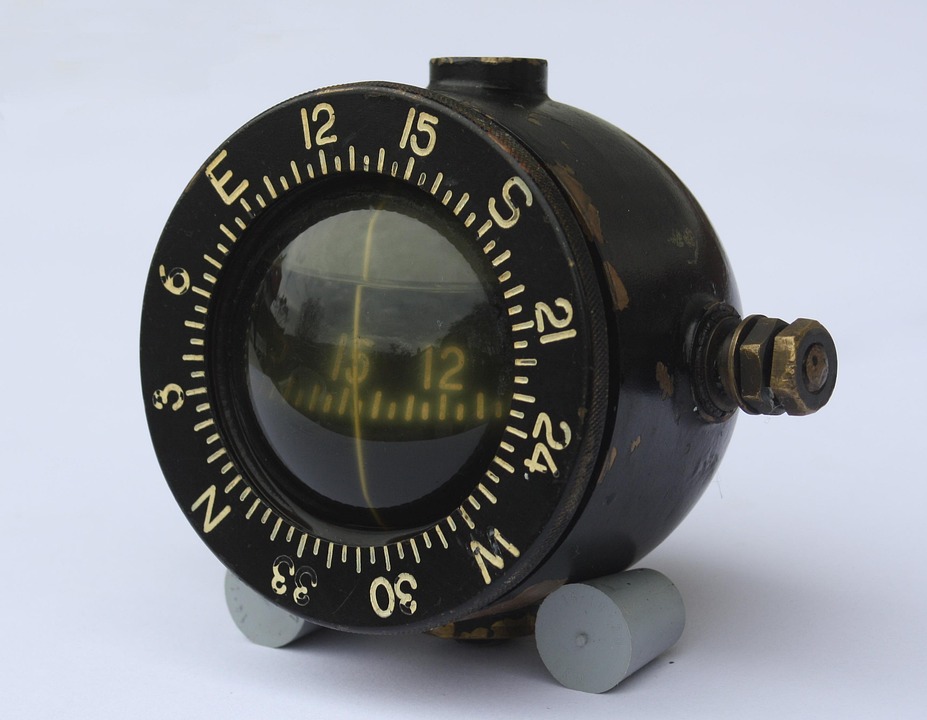Magnetism is a fascinating and fundamental property of matter, playing a crucial role in various natural phenomena and technological applications. From the Earth’s magnetic field to the tiny magnets in hard disk drives, magnetism has captured the interest of scientists and engineers for centuries. However, despite its ubiquity, there is still much to be discovered about the intricate world of magnetic materials. One such area that has garnered increasing attention in recent years is the concept of magnetic anisotropy, which reveals the hidden world of shapes in magnetism. In this article, we will delve into the world of magnetic anisotropy, exploring its causes, types, and implications for our understanding of magnetism and its applications.
What is Magnetic Anisotropy?
Before diving into the details of magnetic anisotropy, it is important to first establish a foundation in basic magnetism. A magnet is a material that exhibits a net magnetic moment, which means it has a preferred direction for its magnetic field. This directionality is due to the alignment of the magnetic moments of its constituent atoms or molecules. In some materials, these magnetic moments tend to align along specific directions or planes, resulting in anisotropic magnetic properties. This phenomenon is known as magnetic anisotropy.
In contrast, materials that lack this preferential alignment and exhibit equal magnetic properties in all directions are said to be isotropic. Isotropic materials are relatively rare in nature, however, and most materials exhibit some degree of magnetic anisotropy.
Causes of Magnetic Anisotropy
Magnetic anisotropy arises from a variety of sources, including crystallographic, magnetic, and defect-related mechanisms. Understanding these mechanisms is crucial for understanding the behavior of magnetic materials and designing advanced magnetic devices.
Crystallographic Anisotropy
Crystallographic anisotropy, also known as structural anisotropy, is the most common source of magnetic anisotropy. It arises from the crystal structure of the material itself. In crystalline materials, the arrangement of atoms in the crystal lattice can influence the preferred direction of magnetic moments. For example, in materials with a cubic crystal structure, such as iron, the magnetic moments tend to be isotropically distributed. In contrast, materials with non-cubic crystal structures, such as hexagonal or tetragonal structures, exhibit preferred directions for magnetic moments due to the symmetry of their crystal lattices.
Magnetic Anisotropy
Magnetic anisotropy, also known as exchange anisotropy, arises from the interaction of magnetic moments with each other. In ferromagnetic materials, for example, neighboring magnetic moments tend to align with each other due to exchange interactions. These interactions can lead to a preferred direction of magnetization, resulting in magnetic anisotropy.
Defect Anisotropy
Defect anisotropy, as its name suggests, arises from the presence of defects in the crystal structure of a material. These defects, such as vacancies, interstitials, or dislocations, can alter the local crystal symmetry and thus influence the preferred direction of magnetic moments. In some cases, defect anisotropy can dominate over other sources of anisotropy, particularly in materials with high defect concentrations.
Types of Magnetic Anisotropy
Magnetic anisotropy can manifest in various forms, depending on the underlying mechanism and the symmetry of the crystal structure. Some of the most common types of magnetic anisotropy include:

